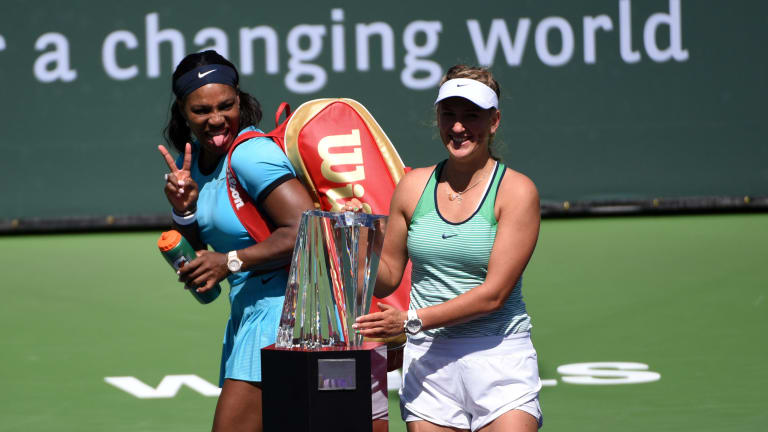In a conversation I had years ago with Ion Tiriac, the Hall of Famer and owner of the Madrid Open, he characteristically cut right to the chase while we were talking about the future of his tournament and said,
For some reason, the remark stayed with me, less because I think there ought to be more tournaments officially recognized as “majors” than because the rhetorical question is a good one—it really illustrates how our flotilla of four Grand Slams evolved more or less by accident, yet ended evolution.
As fond as I am of the majors, I can’t think of anything game-related that calls for those four tournaments to be the “crown jewels” of tennis—other than tradition. It’s not like, say, the Super Bowl or the World Cup, a pair of events that are supreme in a truly relevant way: They determine an indisputable champion in their respective sports. That can’t be said of any of the majors. Also, the four majors no longer reflect the geopolitical realities of tennis to nearly the same degree they once did. They just happened to be the tournaments that were in the right place at the right time—and with the right leadership—as the game evolved. You tell me why Paris, and not Rome, Madrid or Frankfurt, ended up hosting the clay-court major.



